
Antique Royal Delft De Porceleyne Fles Large Blue and White Bowl With Floral Design Chairish
Visit the museum and the factory of the original Delft Blue producer. Delft Blue Museum in the Netherlands.. The Porceleyne Fles - Royal Delft has been creating Delft Blue since 1653. During a visit you will discover the various crafts in the factory, the painter's room, and in the museum.. Brandstore (de Markt) Ma - Zo: 10.00.

Delft, De Porceleyne Fles, Plate, View of Monnikendam Catawiki
De Porceleyne Fles - Royal Delft creëert al sinds 1653 Delfts Blauw. Tijdens een bezoek ontdek je diverse ambachten in de fabriek, de schilderszaal en in het museum. Lees meer. Schilderworkshops Boek een kinderworkshop! Ontdek de wereld van Delfts Blauw in Delft!
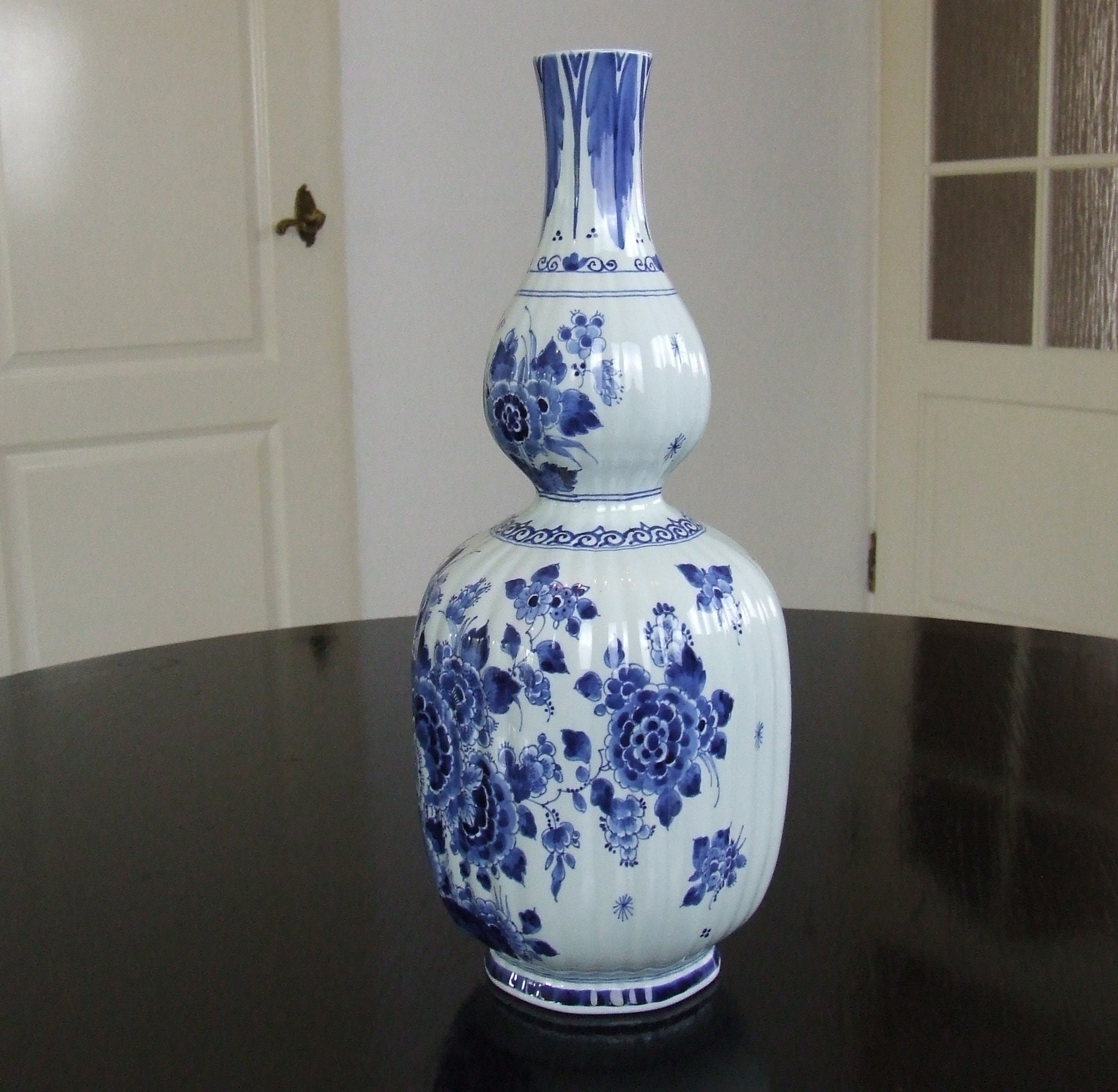
De Porceleyne Fles Delft large handpainted double gourd vase
DE PORCELEYNE FLES (Royal Delft) Nelis' Dutch Village. 12350 James Street, olland I 49424 Ph(616) 3961475 fax(866) 8808439 email infodutchvillage.com www.dutchvillage.com Page 2 of 10 This retail De Porceleyne Fles Delftware Catalog is available for viewing or printing from the web as a pdf

De Porceleyne Fles Delft large handpainted Louis XV style covered vase == RESERVED
Royal collection. The museum of Royal Delft has housed the collection of delftware owned by King William III since 1887. In that year the King donated his collection to De Porceleyne Fles, on the one hand in recognition of its efforts to revive the once so famous delftware and on the other hand as study material for designs and decoration techniques.

De Porceleyne Fles Delft large handpainted covered vase
Year codes & trade marks. Since 1879, each hand-painted article produced by De Koninklijke Porceleyne Fles has been marked with the mark on the right. It consists of: - A beaker. - The Initials JT. - The City of Delft. Below to the left the painter's initials are painted and on the right a year code. Using the year code list you can.
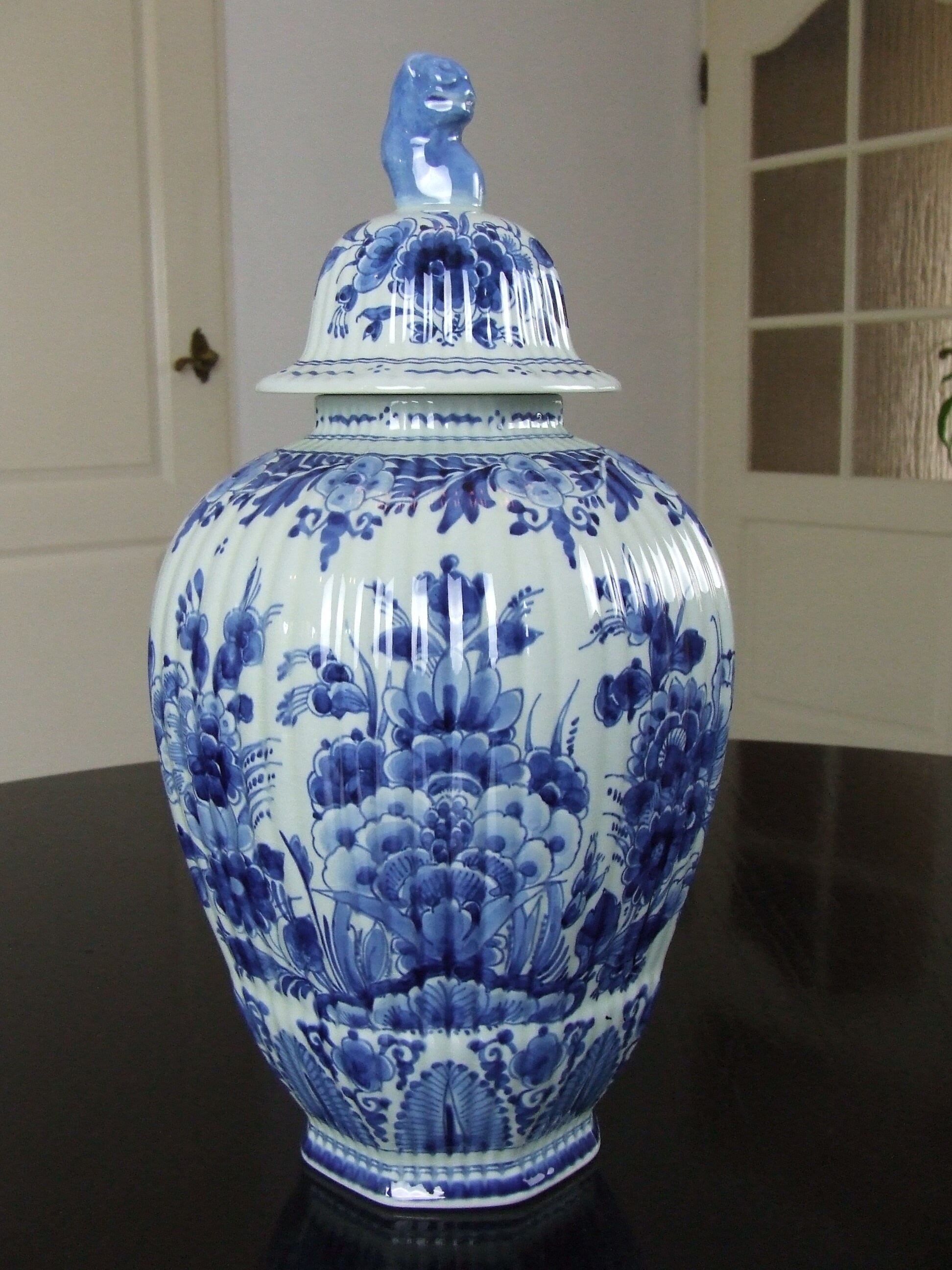
De Porceleyne Fles Delft large handpainted covered vase
De Porceleyne Fles ceramics factory was established in Delft, Netherlands, in 1653. In the 1880s, the output consisted of plaques decorated after paintings by old masters and leading contemporary Dutch painters. Under the ownership of J. Throoft, the tradition of underglaze painting was revived. Throoft's aim was to revive the Dutch ceramics.
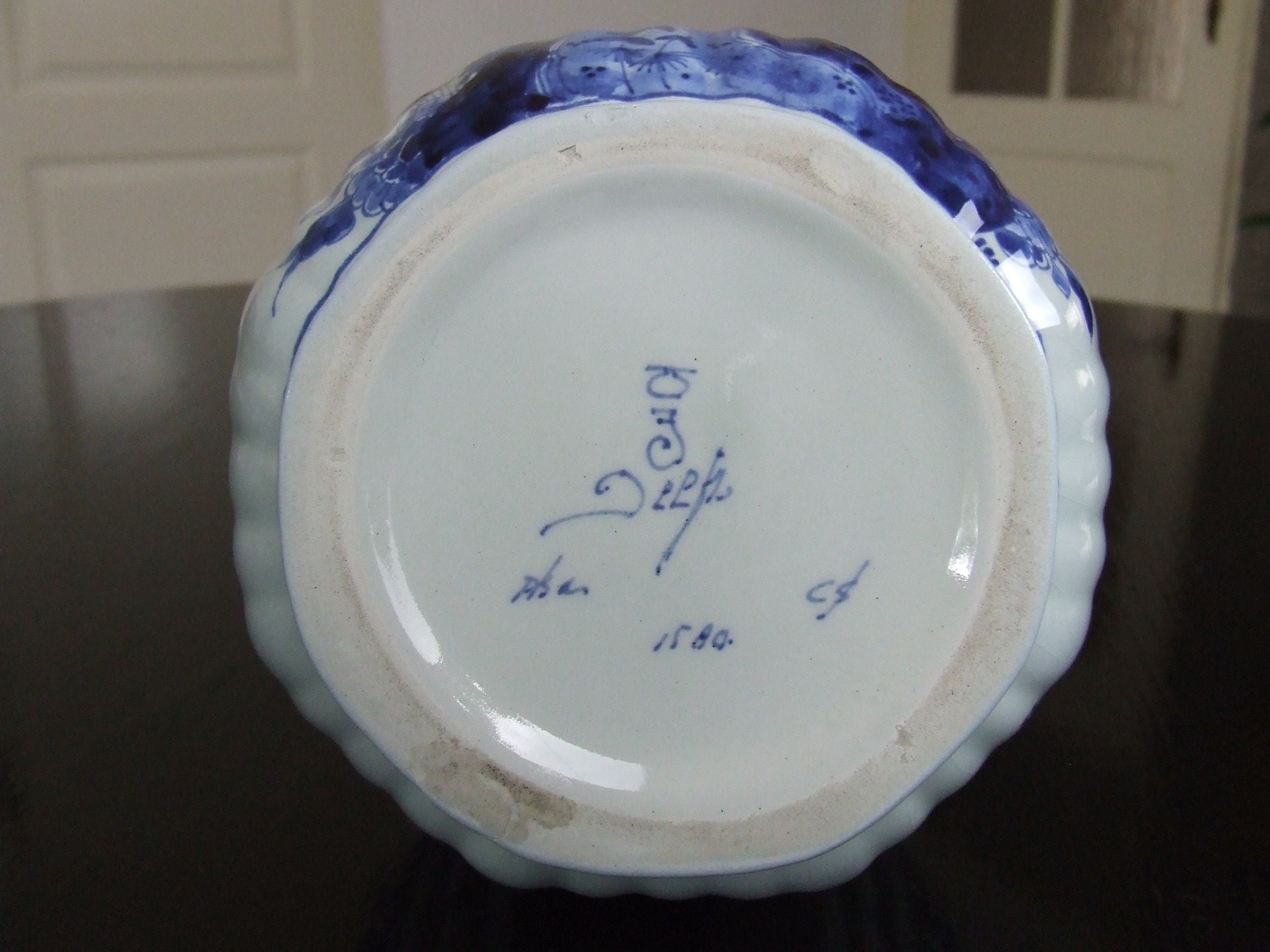
De Porceleyne Fles Delft large handpainted double gourd vase
Koninklijke collectie. Het museum huisvest sinds 1887 de collectie Delfts aardewerk van Koning Willem III. Hij schonk zijn verzameling in dat jaar aan De Porceleyne Fles, enerzijds als erkenning voor de inspanningen om het eertijds zo beroemde Delfts aardewerk te laten herleven en anderzijds als studiemateriaal voor vormen en decoratietechnieken.

De Porceleyne Fles Delft large handpainted Delft blue candlestick / candle holder
Antwoord in 2 werkdagen. Bel +31 (0)15-7600800. Direct antwoord. Royal Delft creëert al sinds 1653 hoogwaardig Delfts Blauw. Bezoek de officiële webshop, ontdek de collecties en bestel online!
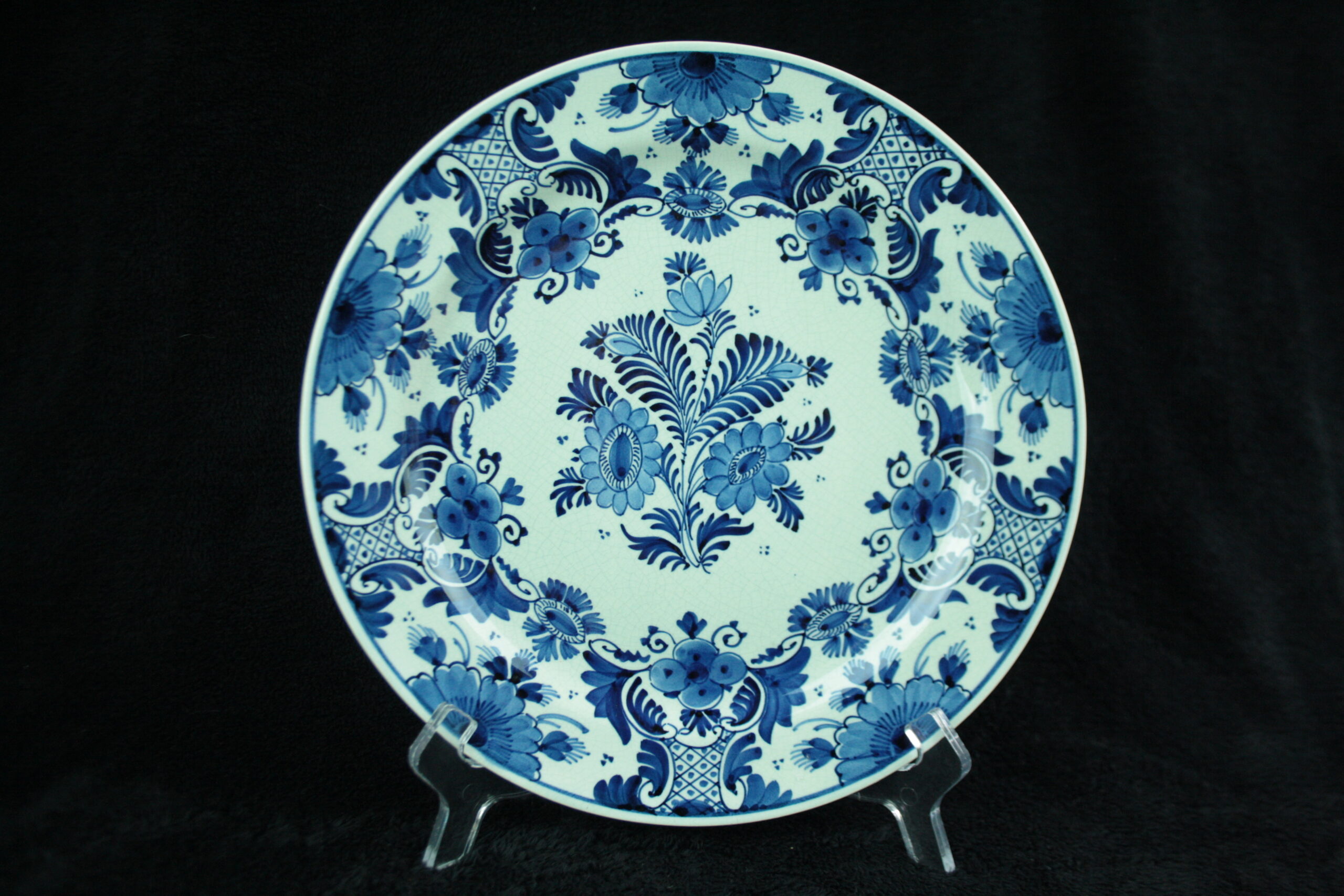
99999 De Porceleyne Fles (Royal Delft) Delft blue plate (1916) Frey Antiques
Royal Delft, established in 1653, is the last remaining Delft earthenware factory from the 17th century. The world famous blue and white earthenware is still entirely handpainted according to centuries old tradition. Visit Royal Delft and see how we still authentically produce Royal Delftware! Duration: 1-2 hours.
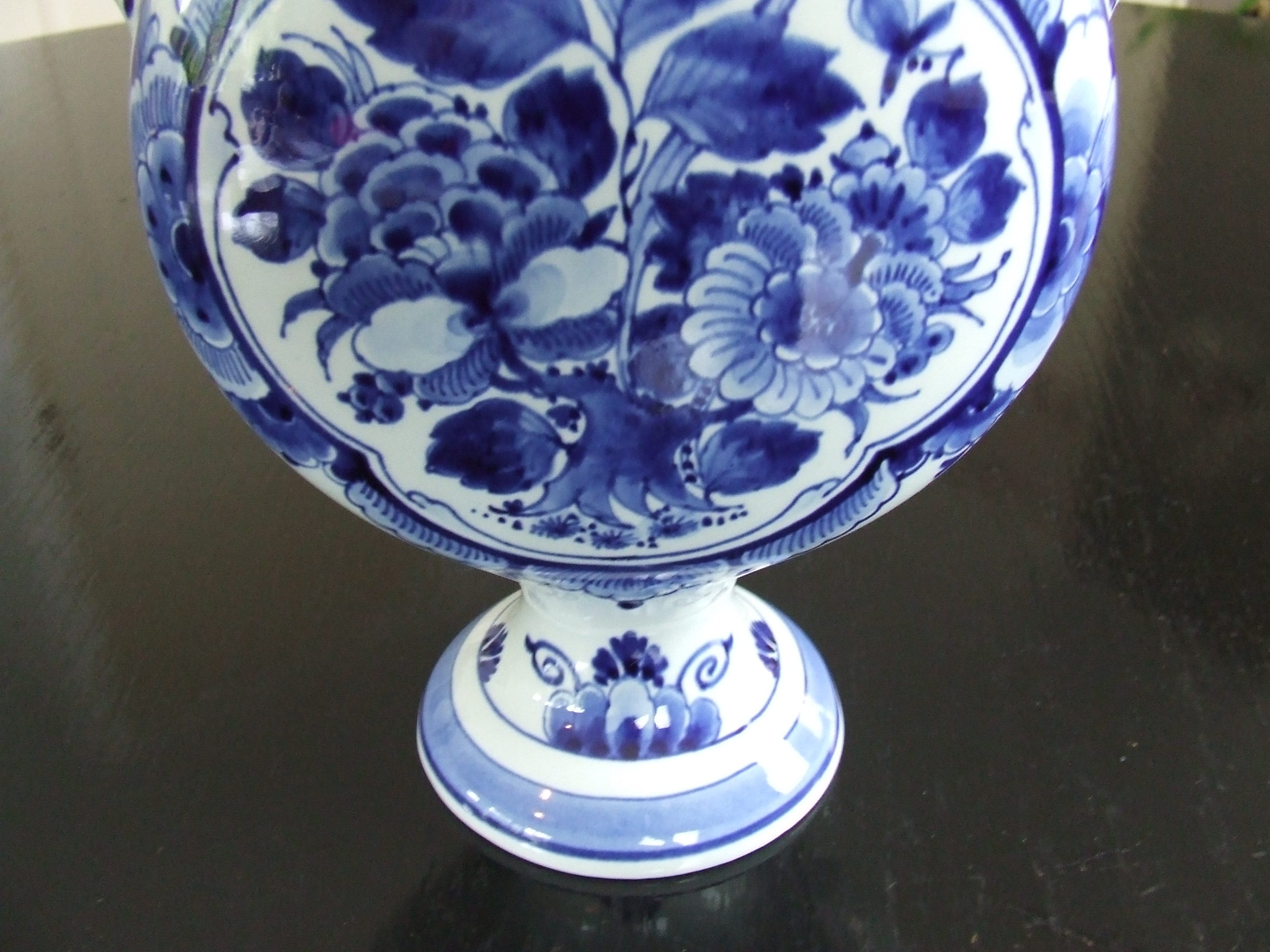
De Porceleyne Fles Delft handpainted Delft Blue ceramic lamp base
Founded in 1635, De Porceleyne Fles (The Porcelain Jar) is the Netherland's most famous delft factory. Most visits to the city of Delft include a factory tour of this great company. Of the dozens of original 17th century Dutch pottery makers, only De Porceleyne Fles remains in operation. Collectors know that delftware produced by De Porceleyne Fles, (also known as Royal Delft,) is recognized.
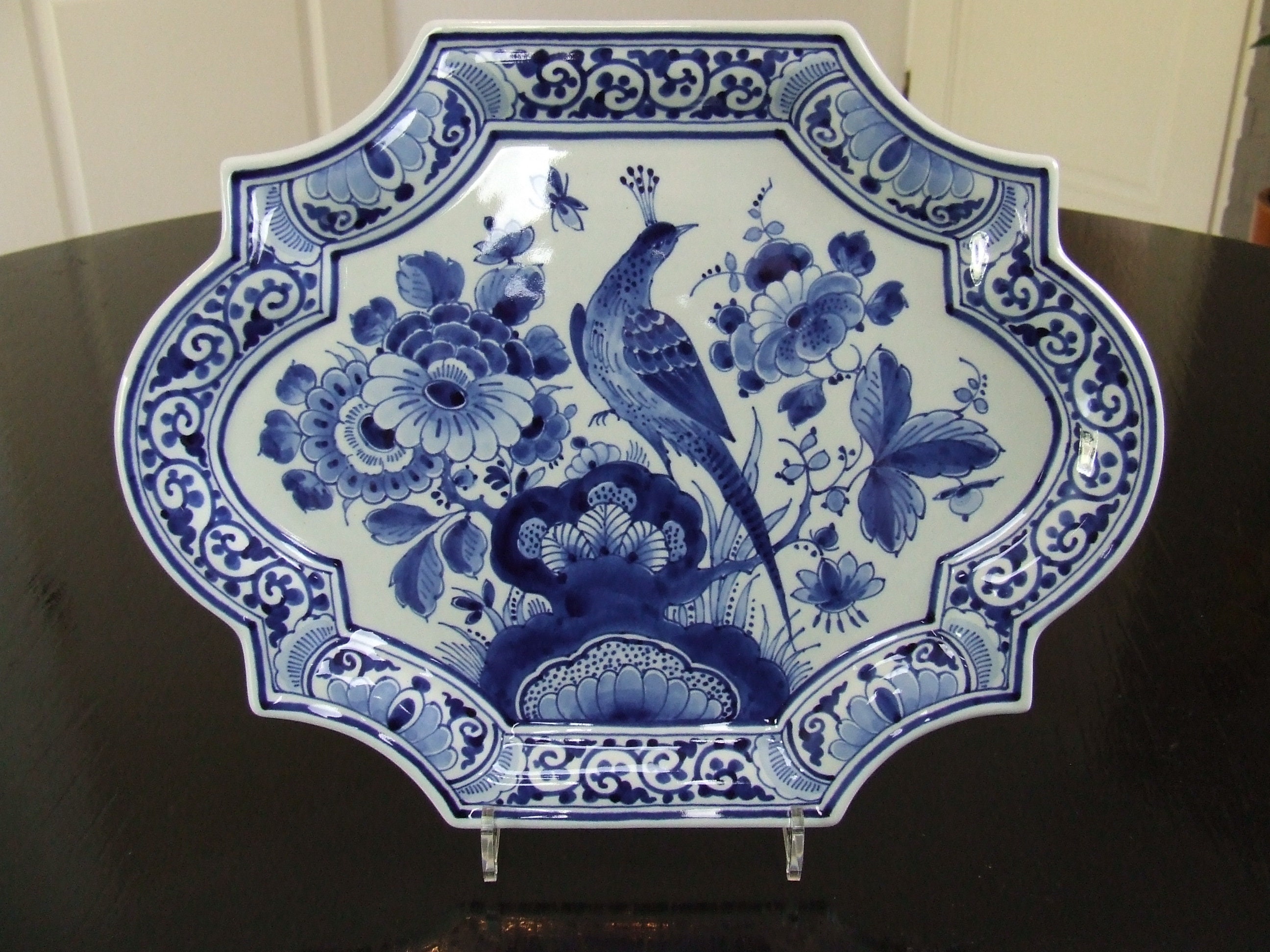
De Porceleyne Fles handpainted Delft blue plaque
The Koninklijke Porceleyne Fles N.V. (trading publicly as Royal Delft) [1] is a Dutch manufacturer of Delft Blue earthenware, headquartered in Delft, the Netherlands. It is the only remaining factory out of 32 that were established in Delft during the 17th century. Today, the company has been active for over 360 years without interruption.
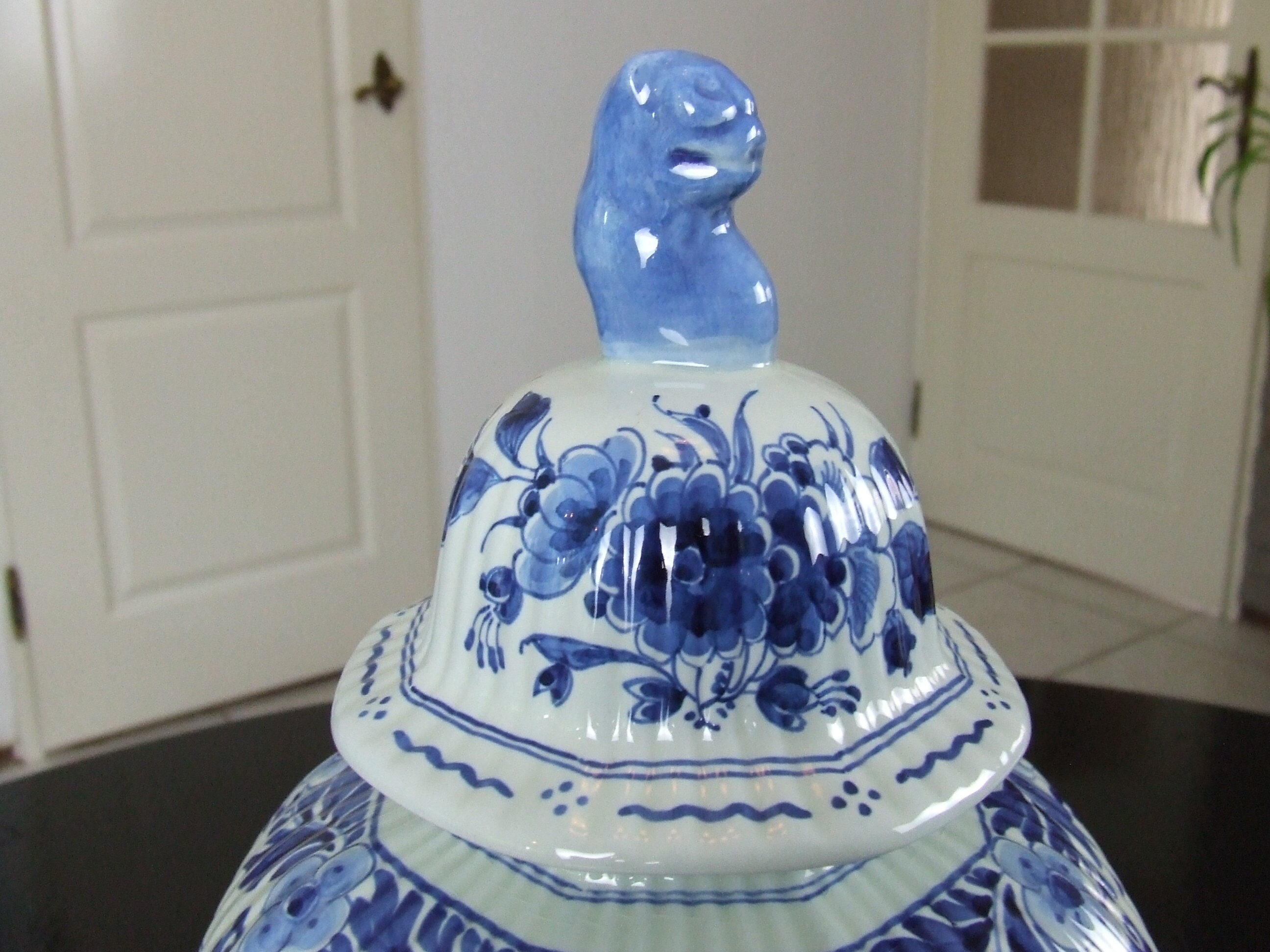
De Porceleyne Fles Delft large handpainted covered vase
Book De Koninklijke Porceleyne Fles/Royal Delft quantity. Add to cart Add to wishlist . Ships within 2 working days from our warehouse ;. Brandstore (de Markt) Mo - Sun: 10.00 a.m. - 05.30 p.m. Royal Delft Museum & Brasserie1653 Mo - Sun: 9.30 a.m. - 05.00 p.m. Customer service
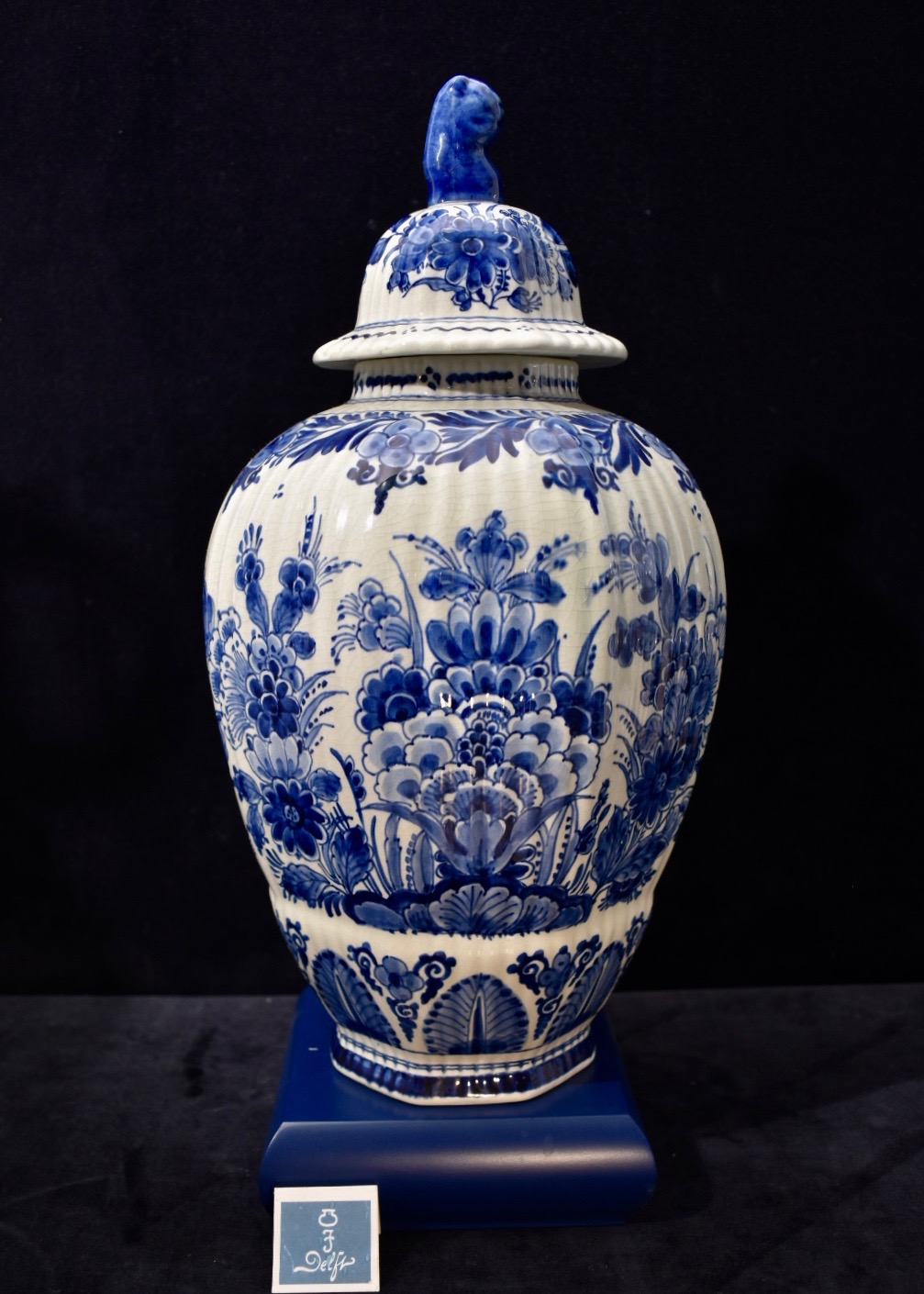
De Porceleyne Fles Delfts Blauwe Pul = 1952 ROYAL DELFT DE PORCELEYNE FLES Hart
According to Tripadvisor travellers, these are the best ways to experience Royal Delft - Koninklijke Porceleyne Fles: Royal Delft: Delftblue Factory and Museum Admission Ticket (From C$22.99) Private Walking Tour: Delft's Royal History and Pottery (From C$174.71) Grand Holland Private Tour (From C$1,085.73)
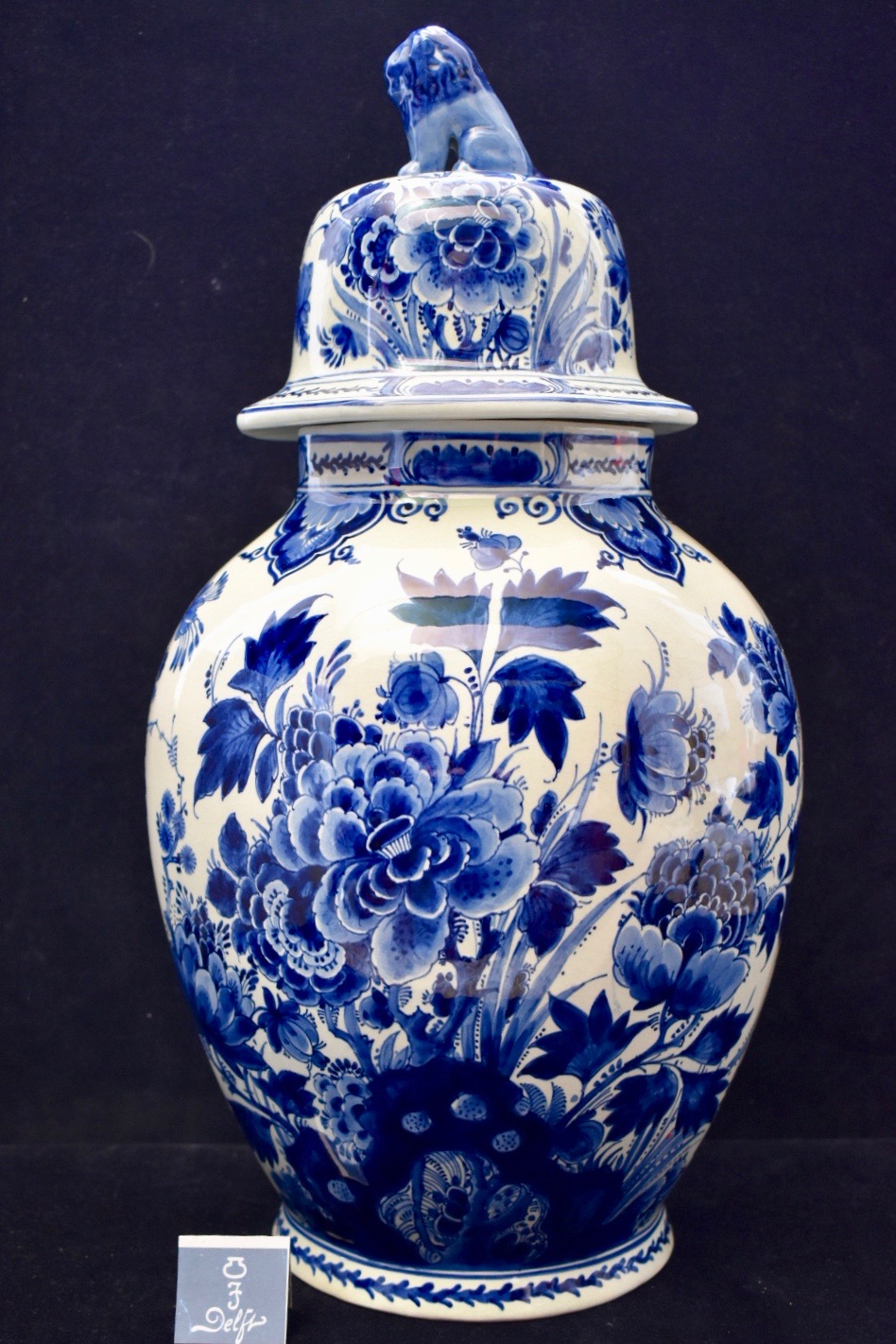
De Porceleyne Fles Grote Delfts Blauwe Pul 1949 ROYAL DELFT DE PORCELEYNE FLES Hart
De Porceleyne Fles (The Porcelain Bottle) factory was founded on the West side of the Oosteinde in the city of Delft around 1653. Of the more than thirty factories that once existed in Delft, this is the only one still operating today.. De Porceleyne Fles factory has produced its objects with this technique from 1910 to the present day. 8.
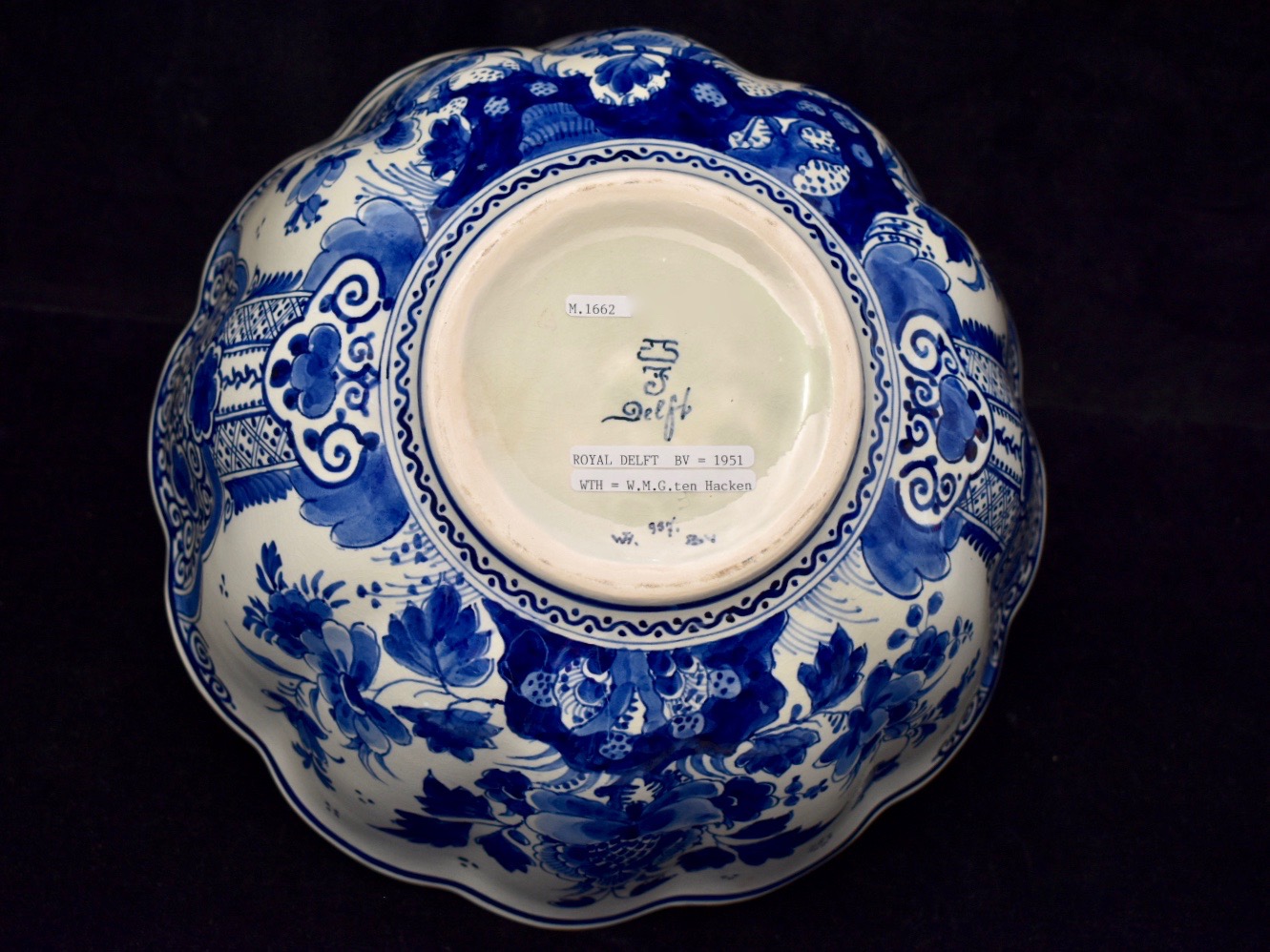
De Porceleyne Fles Grote Delfts Blauwe Kom 1951 ROYAL DELFT DE PORCELEYNE FLES Hart
Historie. De Koninklijke Porceleyne Fles is de enig overgebleven van de ca. 32 aardewerkfabrieken die zich omstreeks het midden van de 17e eeuw in Delft e.o. bevonden. Op welk tijdstip de eerste werkplaatsen ontstonden is niet met zekerheid bekend. Wij weten dat in andere plaatsen zoals Amsterdam, Haarlem en Middelburg reeds in de tweede helft.

De Porceleyne Fles Antieke Pijnacker Delft Schenkkan 1902 ROYAL DELFT DE PORCELEYNE FLES
The Koninklijke Porceleyne Fles is the only remaining factory of ± 32 earthenware factories that were established in Delft in the 17th century. Although it is not exactly sure when the first factories were started, it is known that as early as the second half of the 16th century, there were factories in Amsterdam, Haarlem, and Middelburg that produced multicolored (or polychrome) earthenware.